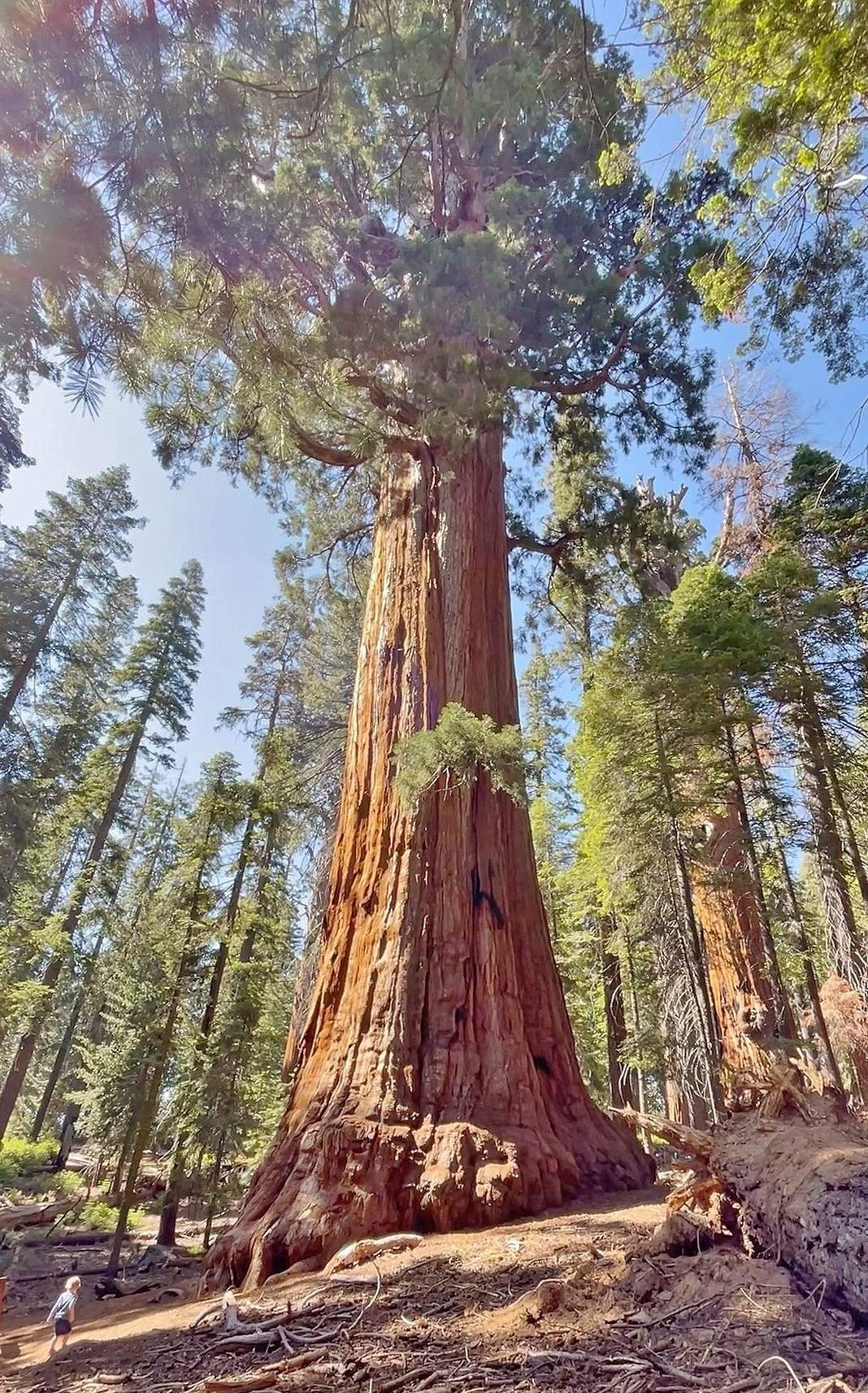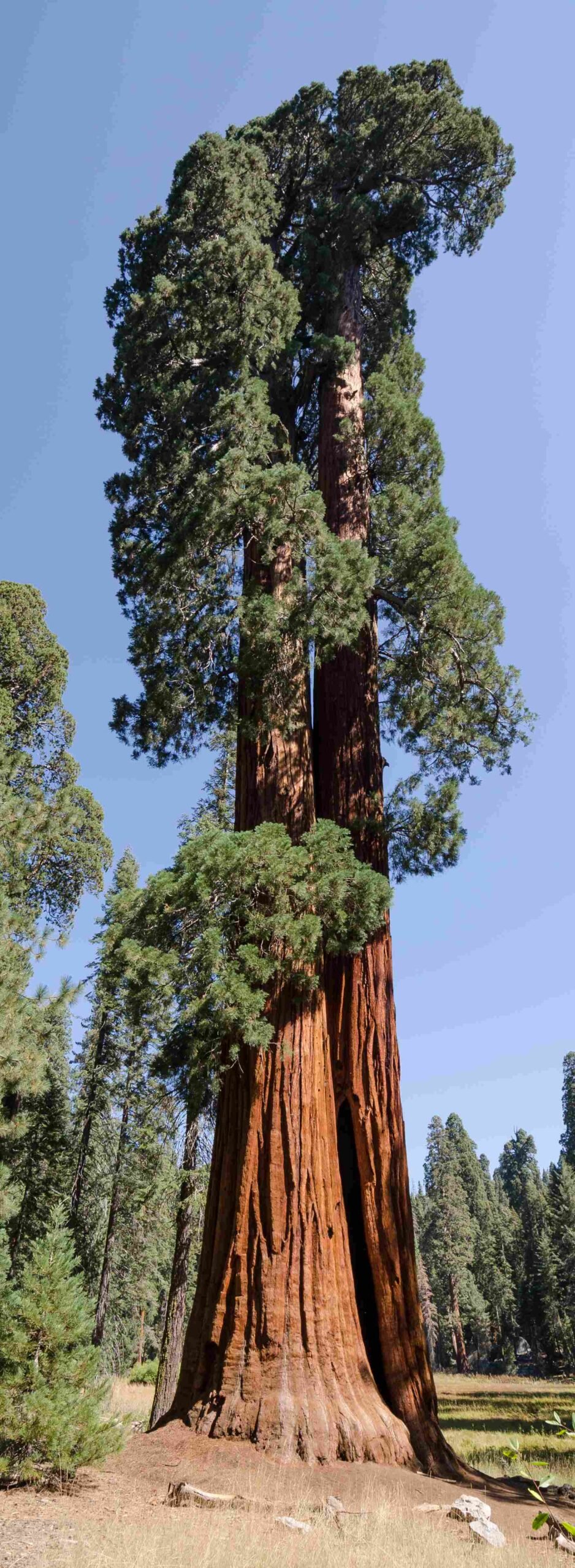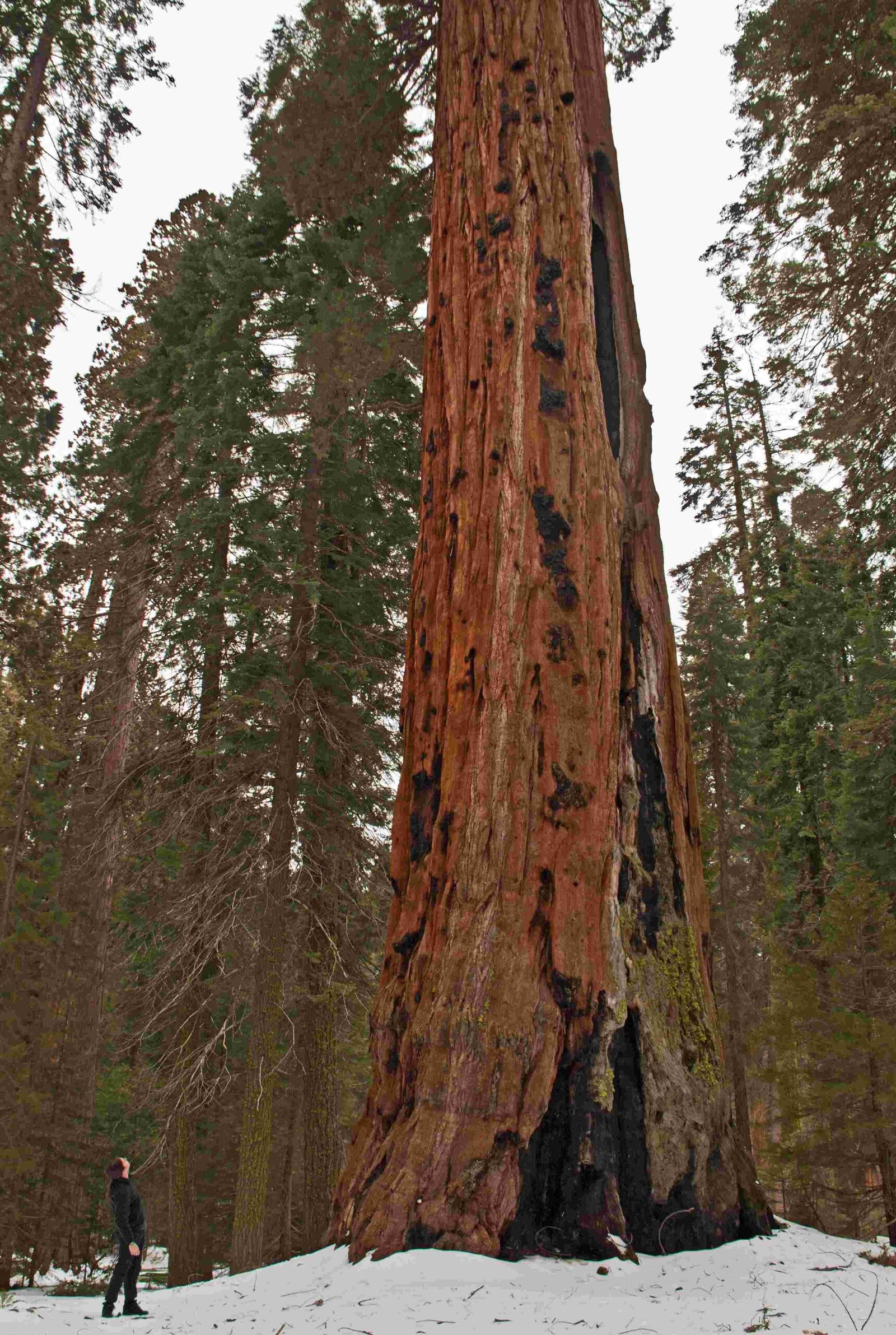The South Fork area of Sequoia National Park is a lesser-known but captivating region nestled along the South Fork of the Kaweah River. This area offers a unique blend of natural beauty, diverse ecosystems, and outdoor recreational opportunities. While not as famous as the Giant Forest, the South Fork area provides visitors with a more secluded experience, featuring scenic campgrounds, hiking trails, and access to the park’s iconic sequoia groves. Despite recent closures due to natural events, this area remains an essential part of Sequoia National Park’s allure.
What Makes the South Fork Area Unique?

The South Fork area of Sequoia National Park is characterized by its proximity to the South Fork of the Kaweah River, which carves through the landscape, creating a picturesque setting for outdoor enthusiasts. While specific measurements of the river’s width and depth are not readily available, the river plays a crucial role in shaping the area’s ecology and recreational opportunities.
What Tree Species Can Be Found in the South Fork Area?
While the South Fork Campground itself may not be directly situated within the giant sequoia groves, the surrounding areas of Sequoia National Park are home to some of the most impressive trees on Earth. Notable species include:
-
Giant Sequoias: These majestic trees are the hallmark of Sequoia National Park. While the most famous specimens are found in the Giant Forest, the South Fork area provides access to less crowded groves.
-
General Sherman Tree: Although not located in the South Fork area specifically, this tree is worth mentioning as it’s the largest living organism by volume on Earth. It stands at an impressive 274.9 feet (83.8 meters) tall with a base circumference of 102.6 feet (31.3 meters).
-
Other Tree Species: The area also features a diverse range of other tree species, including ponderosa pines, white firs, and incense cedars, contributing to the rich biodiversity of the park.
What Camping Options Are Available in the South Fork Area?

The primary camping option in the South Fork area is the South Fork Campground. However, it’s important to note that as of the latest information, this campground is temporarily closed due to damage from floods and landslides. When operational, the campground offers the following:
- Designated campsites (specific numbers not available)
- Fire rings for controlled campfires
- Bear lockers for safe food storage
- Vault toilets for sanitation
- Trash facilities for proper waste disposal
It’s worth noting that the campground does not provide potable water, and visitors must bring their own. Additionally, due to road conditions, RVs and trailers are not permitted in this campground.
What Are the Reservation Requirements and Costs?
Currently, reservations are not available due to the campground’s closure. When operational, reservation requirements and associated costs are typically outlined on the official National Park Service website. It’s advisable to check for updates regularly if planning a future visit.
What Hiking Opportunities Exist in the South Fork Area?
The South Fork area offers several hiking opportunities for visitors of varying skill levels. One of the notable trails in the area is the Ladybug Trail.
What Can Hikers Expect on the Ladybug Trail?
The Ladybug Trail, located near the South Fork Campground, offers a scenic hiking experience. While specific details such as trail length, elevation gain, and estimated hiking time are not provided in the available sources, the trail is described as accessible for a leisurely day out, suggesting it’s suitable for a range of hikers.
Key features of the Ladybug Trail include:
– Proximity to the South Fork Campground
– Scenic views of the surrounding area
– Potential for wildlife sightings
– Seasonal accessibility (may be affected by winter storms)
Are There Other Notable Trails in the Area?
While not specific to the South Fork area, it’s worth mentioning that Sequoia National Park is traversed by two famous long-distance trails:
-
Pacific Crest National Scenic Trail: This 2,650-mile trail runs from Mexico to Canada, passing through Sequoia National Park.
-
John Muir Trail: A 211-mile trail that shares part of its route with the Pacific Crest Trail, offering spectacular views of the Sierra Nevada.
These trails provide extensive hiking opportunities with varying difficulty levels and elevation gains, though specific details for the South Fork area are not available.
How Can Visitors Access the South Fork Area?
Accessing the South Fork area requires some planning, especially considering the current closures and road conditions. Here’s a general guide:
- Take Highway 198 to the town of Three Rivers.
- Turn onto South Fork Road and travel east for 12.3 miles.
- The paved road ends before reaching the campground.
- A dirt road continues to the campsites.
Important Note: Cars with low clearance are not recommended due to rough road conditions. Always check current road status before embarking on your journey.
What Parking Options Are Available?
While specific parking capacity is not detailed in the available sources, parking is typically available near the campsites when the area is open. It’s advisable to arrive early during peak seasons to secure a spot.
What Regulations Should Visitors Be Aware Of?
When visiting the South Fork area of Sequoia National Park, it’s crucial to adhere to park regulations to ensure safety and preservation of the natural environment:
-
Campground Closure: The South Fork Campground is currently closed due to damage from floods and landslides. Always check the official park website for the most up-to-date information.
-
Vehicle Restrictions: No RVs or trailers are permitted in the South Fork area due to road conditions.
-
Food Storage: Proper food storage is mandatory. Use provided bear lockers to prevent wildlife encounters.
-
Leave No Trace: Practice Leave No Trace principles to minimize your impact on the environment.
-
Fire Regulations: Follow all fire regulations, especially during dry seasons when fire danger is high.
-
Permits: Some activities may require permits. Check with park authorities for current requirements.
How Can Visitors Stay Informed About Park Conditions and Events?
To stay informed about park conditions, upcoming events, and important updates, visitors should:
- Regularly check the official National Park Service website for Sequoia and Kings Canyon National Parks.
- Sign up for email updates or newsletters if available.
- Follow the park’s official social media accounts for real-time updates.
- Contact the park’s visitor center for the most current information before your visit.
The South Fork area of Sequoia National Park, while currently facing challenges due to natural events, remains an integral part of this iconic national park. Its unique blend of natural beauty, diverse ecosystems, and potential for outdoor adventure make it a destination worth exploring once it reopens. By staying informed and respecting park regulations, visitors can help preserve this remarkable area for future generations to enjoy.

